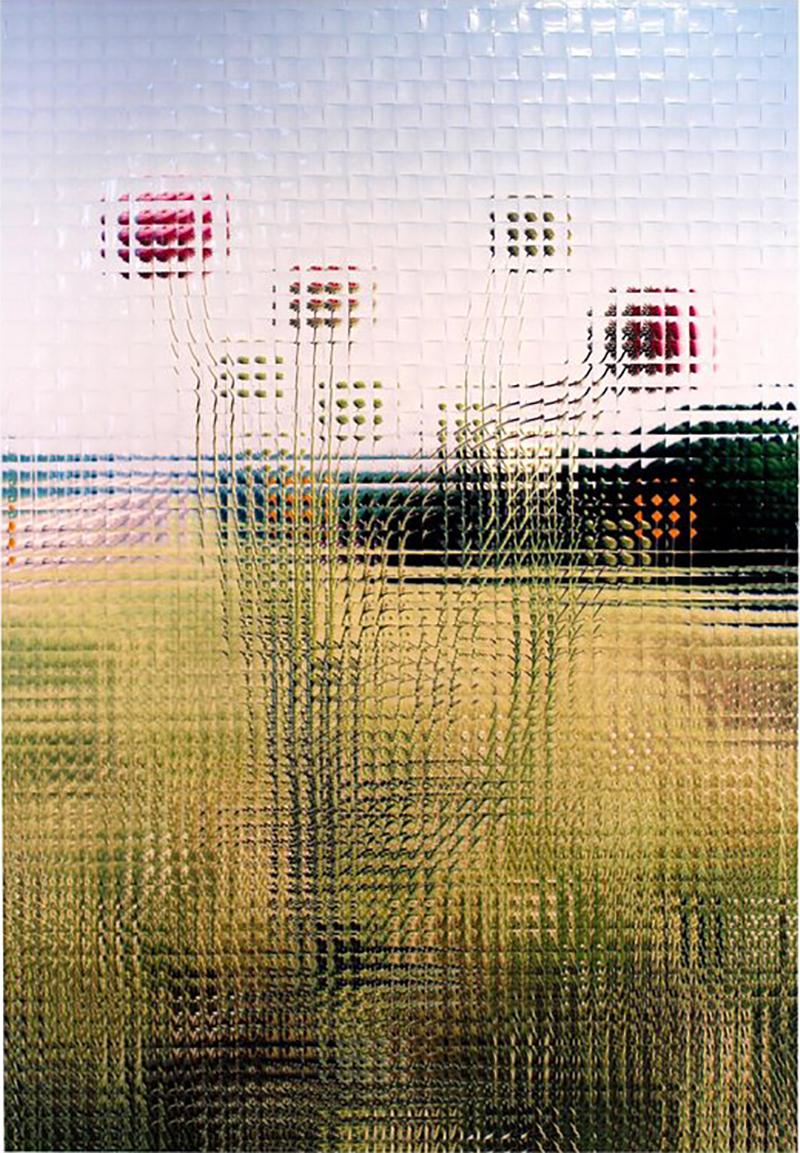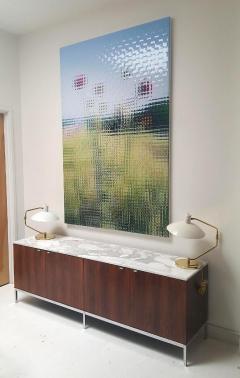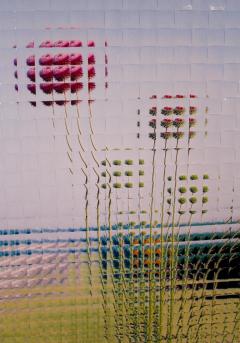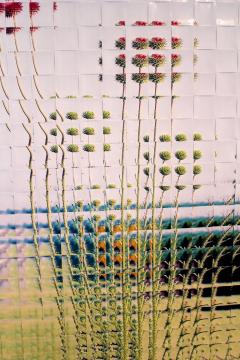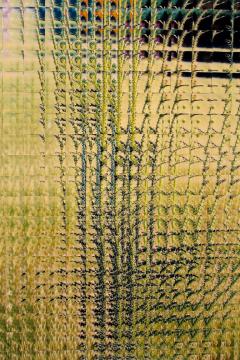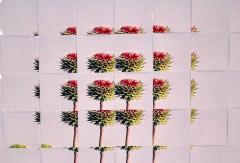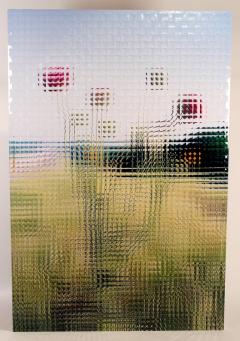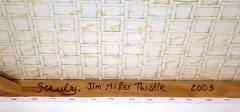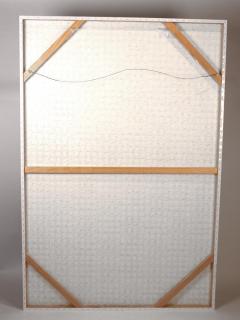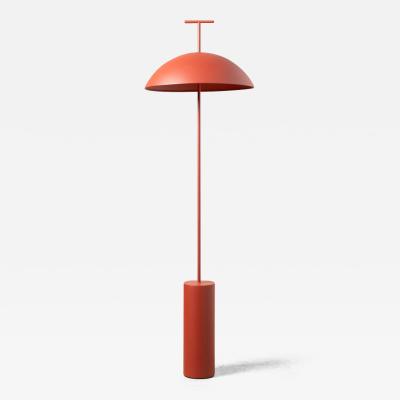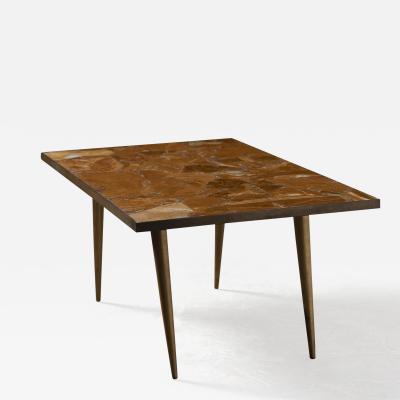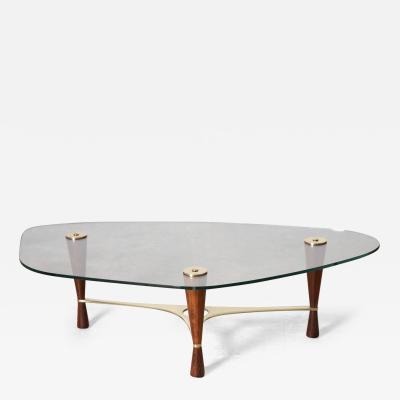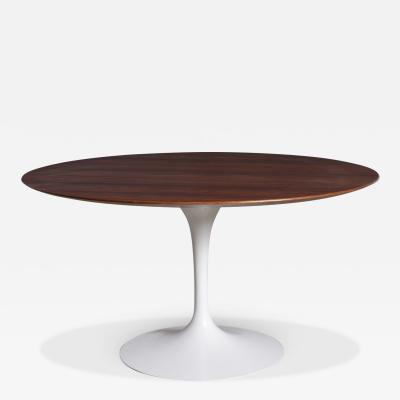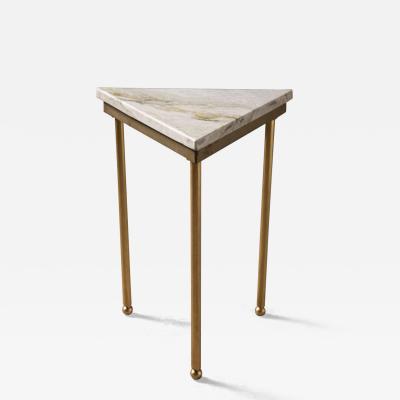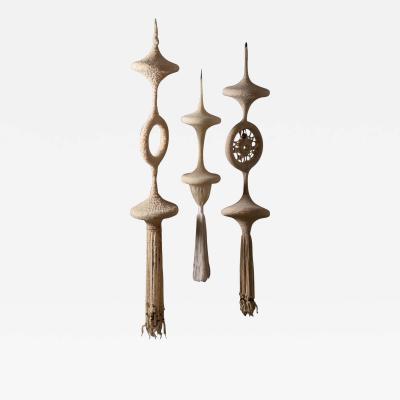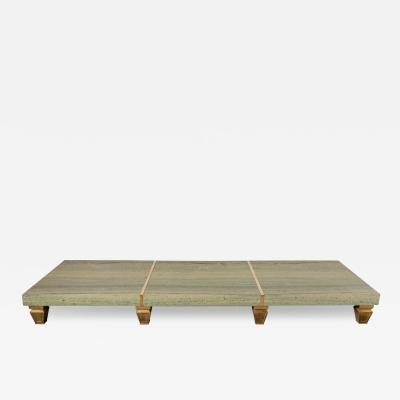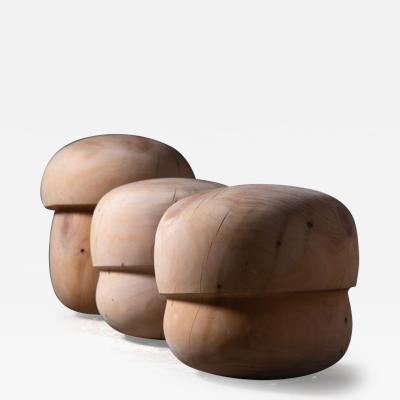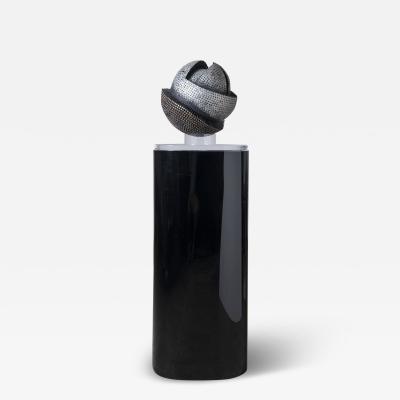Rusty Scruby’s work, Jim Miller Thistle, is a photographic reconstruction that encourages the viewer's participation; observed from different angles and at varying distances, the work adopts different perceptual qualities while still alluding to the original image. The work is laden with nostalgia the Thistle is fragmented into numerous, smaller images that recall pressing one’s eye to the mouth of a kaleidoscope as a child. Scruby’s work also evades any form of definitive visual classification; while the piece is made from a photographic reconstruction, it also has comparable features to a painting or three-dimensional sculpture.
In his pieces, Rusty Scruby explores the way images can provide a visual and structural basis for three-dimensional works. Rather than remaining limited to the flatness of a more traditional picture plane, Scruby manipulates photographs through techniques seen in knitting and geometry in a way that renders the images into intricate, interwoven constructions. Scruby describes, “The idea that a 2-D image could translate into multiple 3-D structures reinforces that an image can be subordinated into merely a symbol, a vessel for information”.
Scruby uses a technique that pixilated his images by reducing them to the summation of their individual colors establishing a ‘visual frequency’ by compressing information into a constructive pattern.















